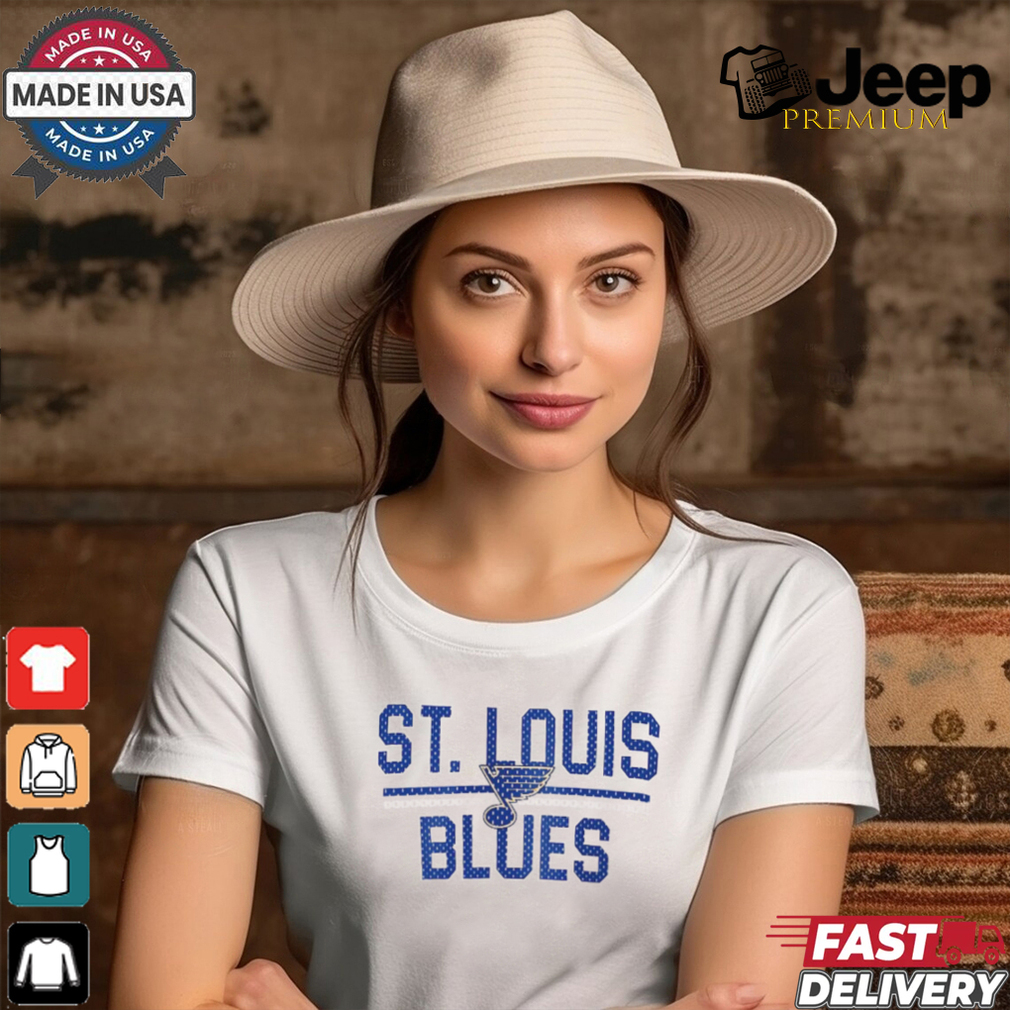St. Louis Blues Starter Mesh Look Team Name Logo Pullover shirt
There was definitely a way with my children’s father. We celebrated holidays and birthdays as we always had done, including inviting my ex mother-in-law. I think the St. Louis Blues Starter Mesh Look Team Name Logo Pullover shirt was that there were enough people invited that it wasn’t just him, me, and the kids staring at each other. We’re also a family not noted for our drama; my mom couldn’t tolerate drama! We still do holidays together sometimes, even though the kids’ grandparents are all gone now, one child lives 1200 miles away, and another child has married and is always included with his in-laws’ family. (My new spouse and I are always invited to the in-laws’ gatherings as well; it’s a huge and friendly crowd!) My kids are in their mid-30s now, and they’ve learned to make holidays a cooperative effort as well, despite having some of the most complicated family structures you can imagine. The point is to make it about happy memories for the kids and not a time/place to rehash old wrongs.
 ()
()St. Louis Blues Starter Mesh Look Team Name Logo Pullover shirt hoodie, tank top, sweater and long sleeve t-shirt
Images of St. Louis Blues Starter Mesh Look Team Name Logo Pullover shirt and her German Prince consort Albert helped make trees popular in the English speaking world. It was a German tradition and her husband, mother, and father’s mother were all Germans. Victoria’s German grandmother, Charlotte, had a yew branch celebration for her children. She was from the Duchy of Mecklenburg-Strelitz. Here is Queen Charlotte with two of here sons.Some of the earliest images that depict the Christmas trees that Queen Victoria helped to make famous and popular have stars on top. Others have a candle and a few have an angel. The older German tradition had candles but they also represented stars. In Nordic countries the still did this until not to long ago. Here is one from 1900. In the US, trees were confined to ethnic German immigrant communities at a time when there were not many Germans in the US before the 1820s. They were not a part of popular American mass culture before the 1840s. The large German immigration (and much opposition to them) was between 1840 and 1910. Over 4.4 million Germans came in that period. Even in the 1870s they were concentrated only in ethnic enclaves and much of America worried that the wold never assimilate. Germans were not considers mainstream Americans at this time. Here is where the lived.
 ()
() ()
()Block "review" not found










HAPPY CUSTOMERS, HAPPY US
There are no reviews yet.